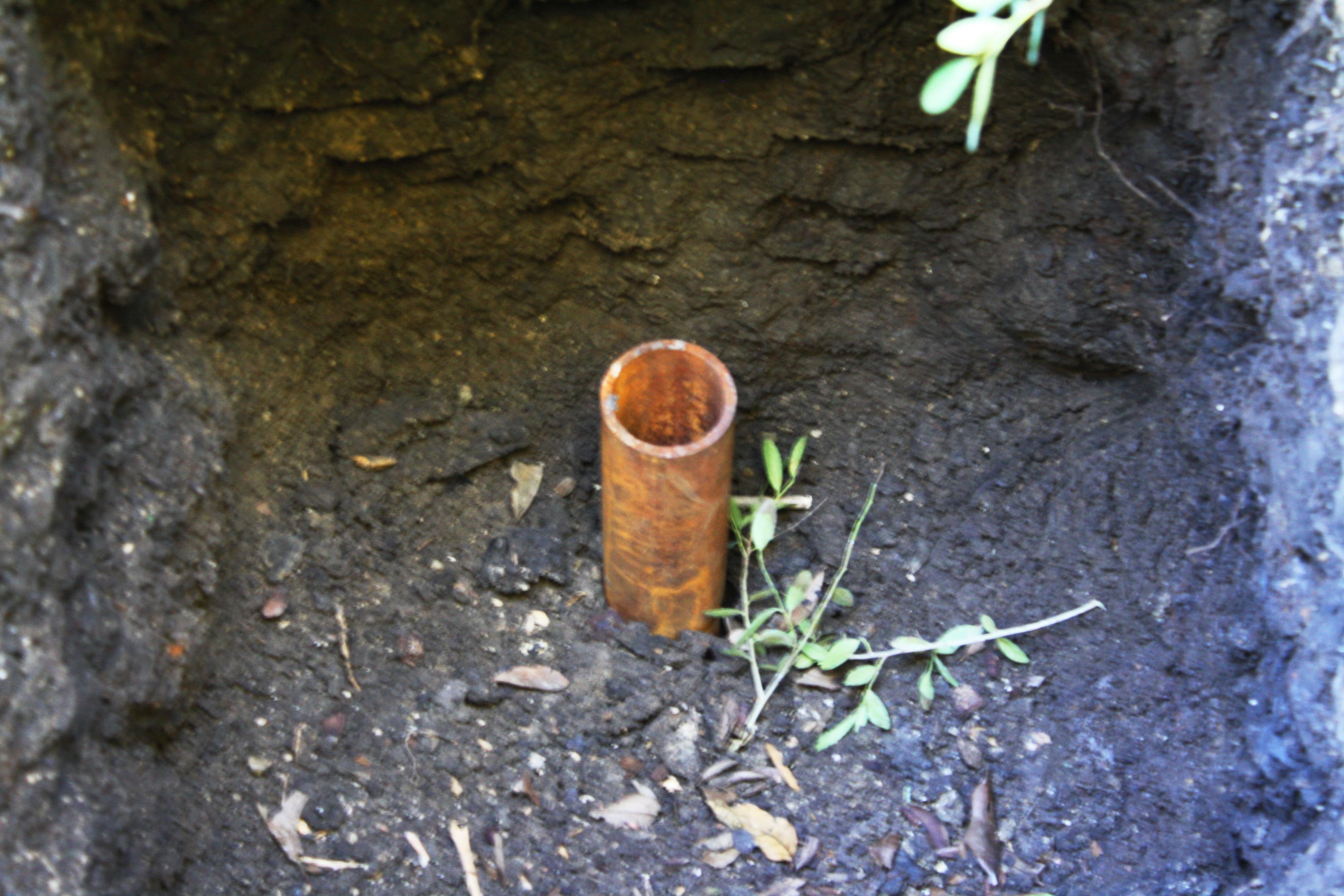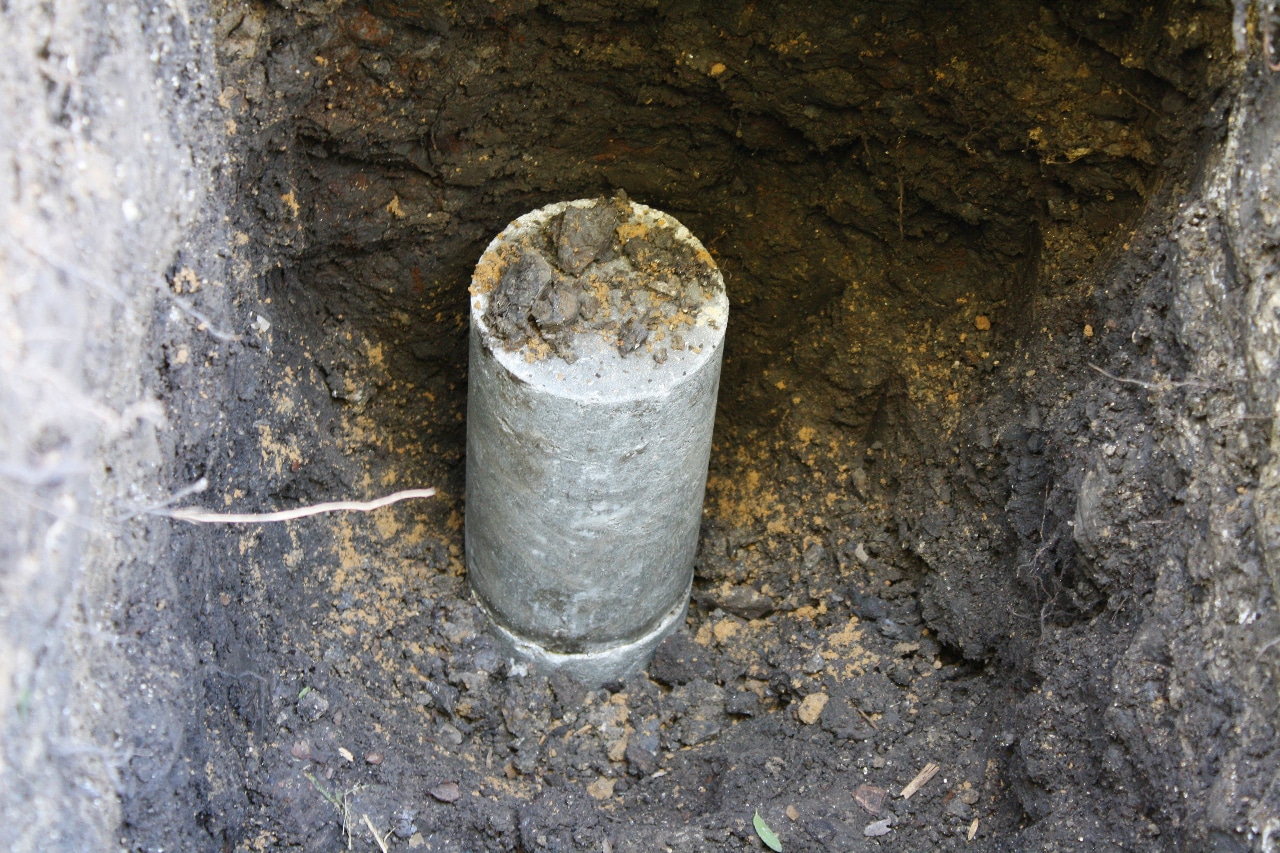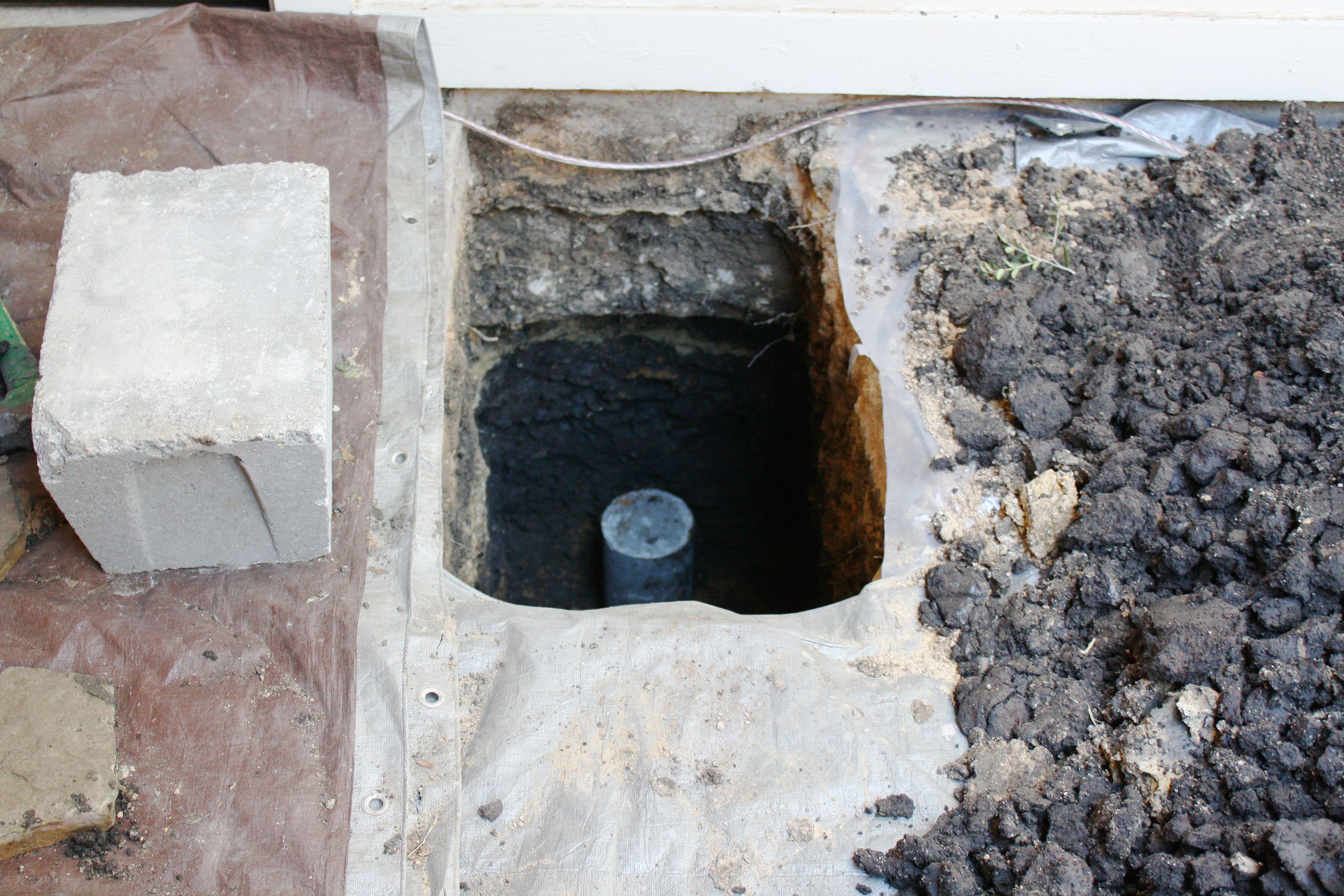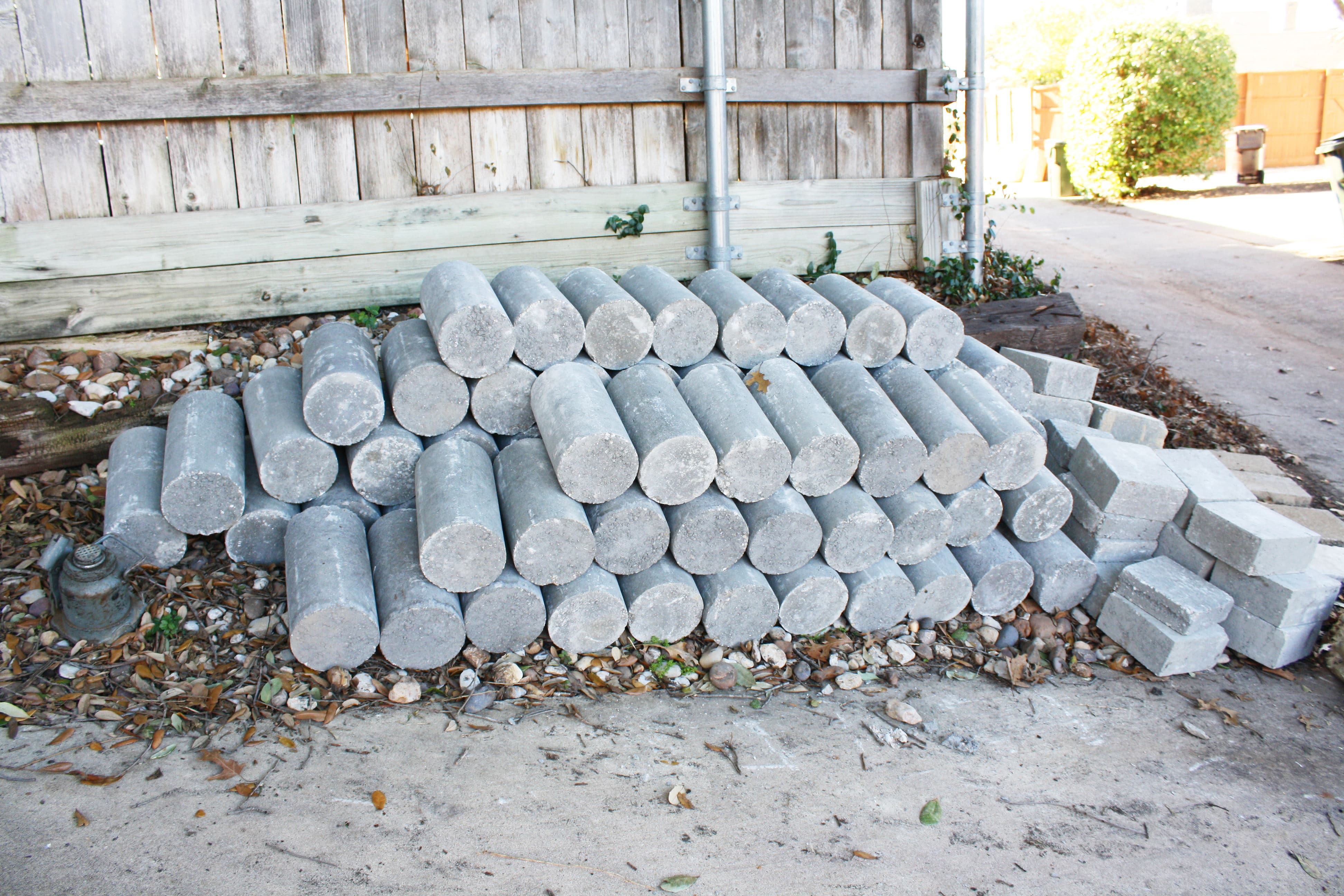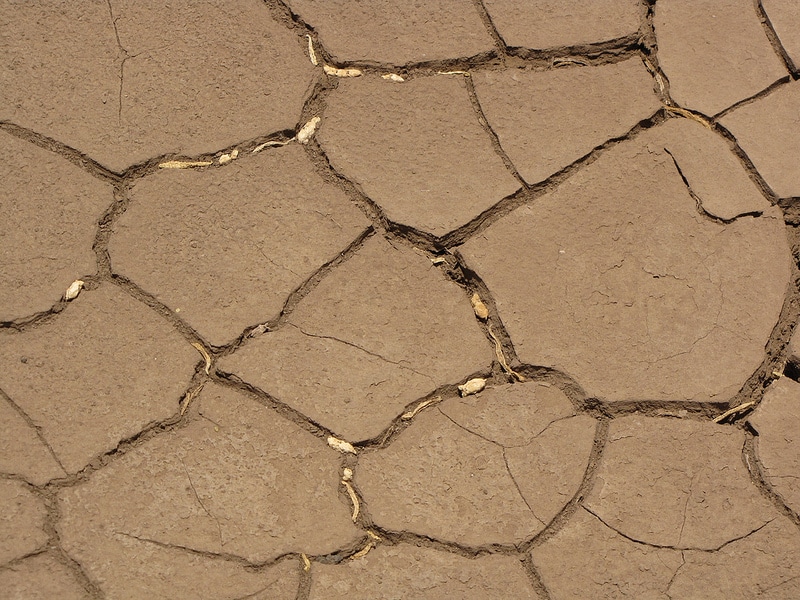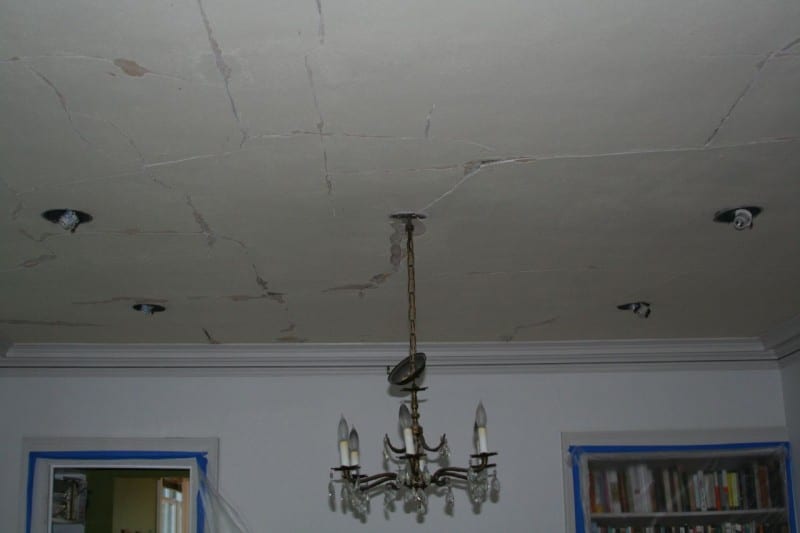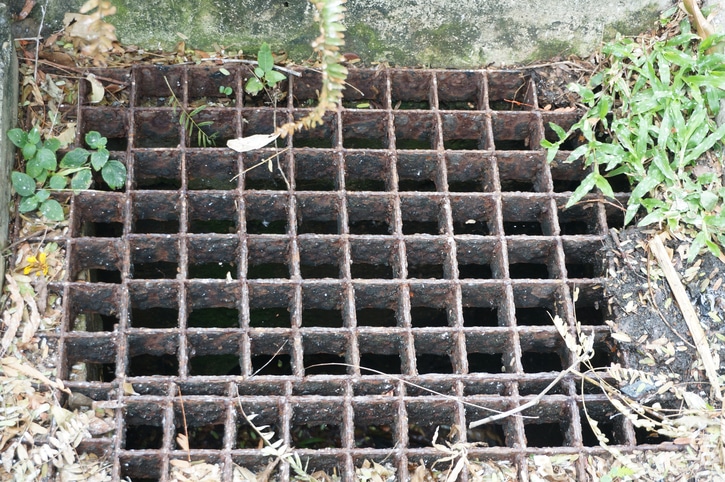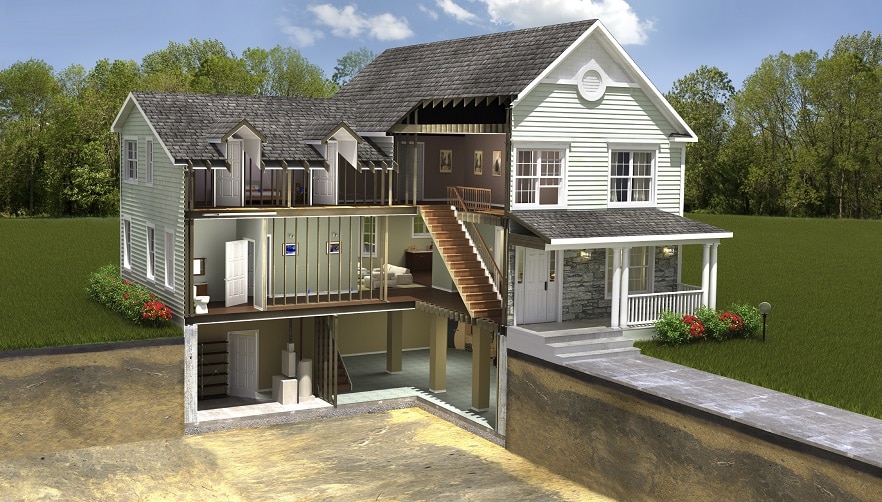Whether you’re holding up a house, a high rise building, a bridge, or a water tank, long cylindrical pile supports can lend enough strength to support the weight of the building. In Texas, our soil tends to be clay-based and weak, which is why steel piling is so helpful. By connecting to the stronger soil or bedrock below, you won’t have to worry about heavier loads sinking into the ground. Piles can be made out of timber, composite, concrete, or steel, but steel piling is among our favorite materials to work with.
Benefits of Steel Piling
For most Dallas Fort Worth homes, the virtual indestructibility of steel makes it a common option.
Other advantages of steel piling include:
- Resistance: Coated steel is resistant to moisture, rust corrosion, and deterioration. We find that steel piling succeeds where past foundations and repair efforts have failed.
- Deeper point of refusal: Concrete can be built 12-40 feet down into the soil, while steel can be used at 22-75 feet into the soil. Because the steel piles are driven so deep, they shift around less with soil movement.
- Time-tested solution: Because steel piles connect with the underlying bedrock or more compacted soils further below ground, they are not as influenced by the soil movement as other foundation piers.
- Environmentally friendly: The process of hydraulically driving steel piers into the ground requires minimal excavation, so there is less disturbance to the surrounding landscape.
- Can overcome site inadequacies: Sites with heavier-than-normal loads, excess moisture, or horizontal underground forces can still be built upon with a steel pile foundation.
- Speed: New advances in steel piling get the job done 4x faster. Even large-scale commercial steel piling projects can be done with a crew of three people in just five days. Most jobs are completed even quicker.
- Easy to warranty: Steel piling comes with some of the best industry warranties, like 150+ years of rust warranty coverage. Often, you will receive a transferable lifetime warranty, which increases the value of your structure.
Are there any drawbacks to steel piling?
The only potential downside of steel piling is that the cost is higher. The manufacturing and installation equipment cost more, which trickles down the food chain to the consumer. For large commercial projects, that can be a real deal-breaker. If your soil isn’t very deep or you’re not staying in your house much longer, you may not want to invest in steel piling. Concrete supports can still provide a good deal of strength for more shallow repairs.
Align Foundation Repair offers steel piling and more.
Here at Align Foundation Repair, we understand that foundation repair can cost a sizable chunk of money that everyone doesn’t have just laying around. With our financing program, you can enjoy 0% / same-as-cash for up to a year, with no down-payment and monthly bills as low as $125/month. Contact us for a free assessment of your residential or commercial structure. We do both concrete and steel piling, pier and beam and drilled pier, so we can offer a custom foundation solution that best meets your needs. Our expert installation team can have a steel pile foundation installed on your job site in days.

